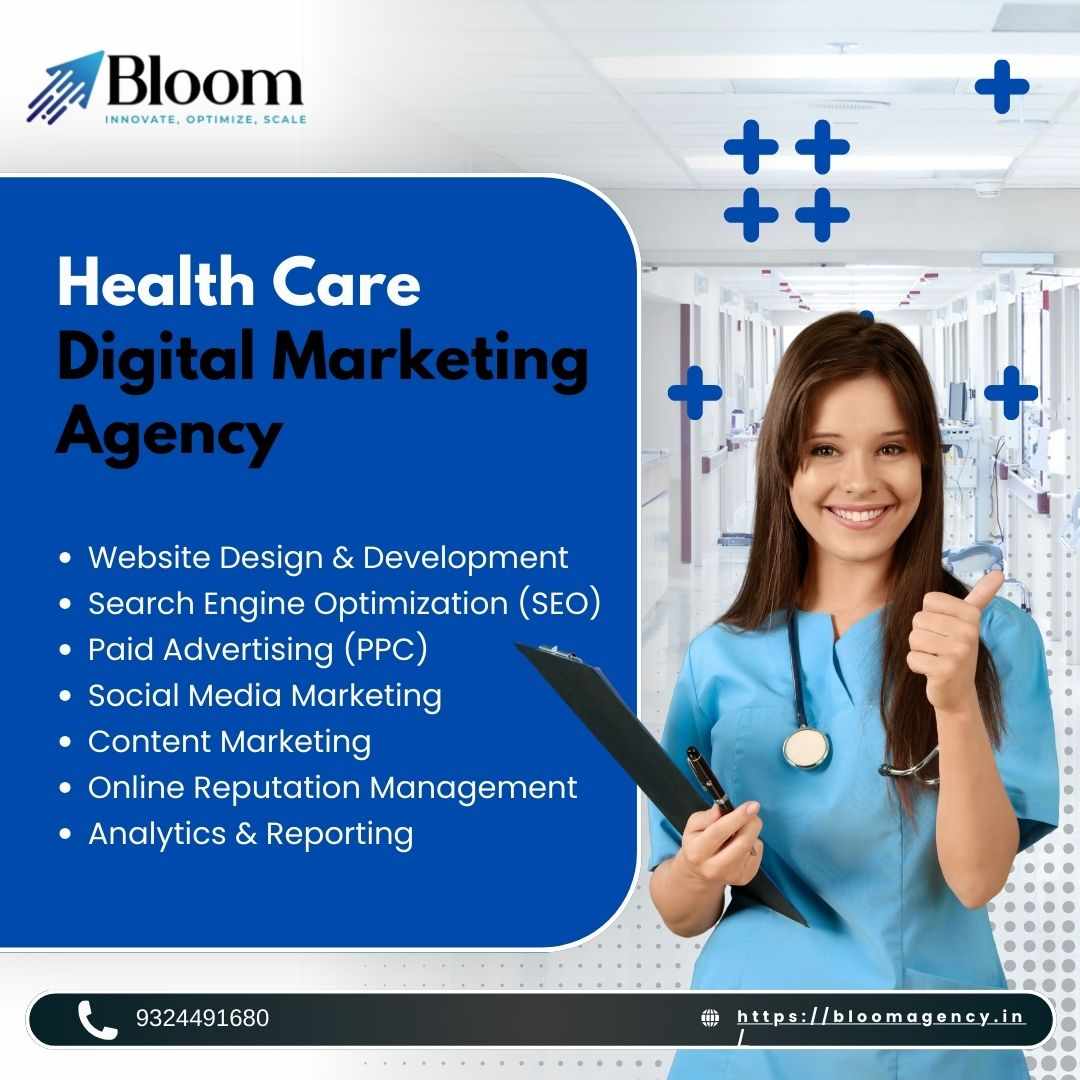
Comprehensive Guide to Ecommerce Website Development in 2025
Introduction
In 2025, the digital marketplace is more competitive than ever. Businesses aiming to thrive online must invest in robust, user-friendly, and scalable ecommerce websites. This guide delves into the essential aspects of ecommerce website development, offering insights into the latest trends, best practices, and strategic considerations to ensure your online store stands out.
1. Understanding Ecommerce Website Development
Ecommerce website development involves creating an online platform that facilitates the buying and selling of goods and services. It encompasses various elements, including:
Platform Selection: Choosing between open-source solutions like WooCommerce or Magento, and SaaS platforms such as Shopify or BigCommerce.
Design and User Experience (UX): Crafting an intuitive and engaging interface that enhances customer satisfaction.
Functionality Integration: Implementing features like shopping carts, payment gateways, and inventory management systems.
Security Measures: Ensuring robust protection against cyber threats and data breaches.
2. Choosing the Right Ecommerce Platform
Selecting the appropriate ecommerce platform is crucial for the success of your online store. Consider the following options:
WooCommerce: An open-source WordPress plugin that offers flexibility and a vast array of plugins for customization. Ideal for businesses seeking control over their store's functionality.
Shopify: A user-friendly SaaS platform known for its scalability and extensive app ecosystem. Suitable for businesses looking for a hassle-free setup.
Magento: A powerful open-source platform offering advanced customization capabilities. Best for large enterprises with specific needs and technical resources.
Each platform has its strengths and is suited to different business requirements. Assess your business size, technical expertise, and budget to make an informed decision.
3. Mobile Optimization
With a significant portion of online shopping occurring on mobile devices, ensuring your ecommerce website is mobile-friendly is imperative. Implement responsive design to provide a seamless shopping experience across various screen sizes. This approach not only enhances user experience but also improves SEO rankings, as search engines prioritize mobile-optimized sites.
4. User Experience (UX) and Interface Design
A well-designed user interface (UI) is vital for retaining customers and driving conversions. Focus on the following aspects:
Navigation: Ensure intuitive and straightforward navigation to help users find products effortlessly.
Product Pages: Include high-quality images, detailed descriptions, and customer reviews to aid purchasing decisions.
Checkout Process: Simplify the checkout process to minimize cart abandonment rates.
Incorporate elements like white space and consistent branding to create a visually appealing and user-friendly environment.
5. Payment Gateway Integration
Offering multiple secure payment options is essential to cater to a diverse customer base. Integrate trusted payment gateways such as:
PayPal
Stripe
Razorpay (popular in India)
Ensure these gateways comply with Payment Card Industry Data Security Standard (PCI DSS) to protect customer financial information.
6. Security Measures
Security is paramount in ecommerce. Implement the following measures to safeguard your website:
SSL Certificates: Encrypt data transmitted between the user's browser and your server.
Regular Security Audits: Conduct periodic checks to identify and rectify vulnerabilities.
Data Protection Policies: Establish and communicate clear policies regarding customer data handling.
These steps build trust with customers and protect your business from potential threats.
7. SEO and Content Strategy
Optimizing your website for search engines increases visibility and drives organic traffic. Focus on:
Keyword Research: Identify and integrate relevant keywords into product descriptions, meta tags, and URLs.
Content Creation: Develop engaging content, such as blogs and guides, to provide value to customers and improve SEO rankings.
Site Structure: Organize your website with clear categories and a logical hierarchy to facilitate easy navigation.
A well-implemented SEO strategy enhances user experience and boosts search engine rankings.
8. Analytics and Performance Tracking
Utilize analytics tools like Google Analytics to monitor website performance and user behavior. Key metrics to track include:
Traffic Sources: Understand where your visitors are coming from.
Conversion Rates: Measure the percentage of visitors who make a purchase.
Bounce Rates: Identify pages where users leave without interacting.
Regular analysis allows for data-driven decisions to optimize your ecommerce website continually.
9. Scalability and Future-Proofing
As your business grows, your ecommerce website should be able to scale accordingly. Consider:
Cloud Hosting Solutions: Platforms like AWS or Google Cloud offer scalable resources to handle increased traffic.
Modular Architecture: Design your website with a flexible structure to accommodate future features and integrations.
Regular Updates: Keep your platform and plugins up to date to ensure compatibility and security.
Planning for scalability ensures your website can handle growth without compromising performance.
10. Customer Support and Engagement
Providing excellent customer service enhances customer satisfaction and loyalty. Implement:
Live Chat: Offer real-time assistance to address customer queries promptly.
Email Support: Provide a dedicated support email for detailed inquiries.
FAQ Section: Address common questions to reduce the volume of support requests.
Engaging with customers through various channels builds trust and encourages repeat business.
Conclusion
Developing an effective ecommerce website in 2025 requires careful planning, the right tools, and a focus on user experience. By selecting the appropriate platform, optimizing for mobile, ensuring security, and implementing robust SEO strategies, businesses can create a compelling online presence that attracts and retains customers.
Remember, the digital landscape is ever-evolving. Stay updated with the latest trends and technologies to keep your ecommerce website competitive and aligned with customer expectations.




















Write a comment ...